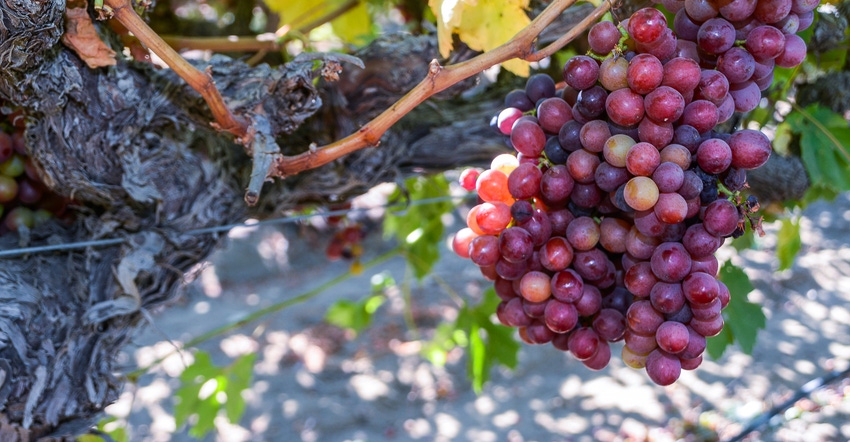September 19, 2018

For the second consecutive year Kern County, Calif. beat out all others in gross agricultural value, but not by as much as some might have predicted based on what nearby locations saw.
With neighboring counties of Tulare and Fresno (No. 2 and No. 3, respectively) up over 10 percent each in gross value, Kern’s 1 percent increase to just over $7.25 billion is still a positive trend, said Assistant Agricultural Commissioner Darin Heard.
This year’s difference between the “Big Three” counties was just over $223 million, the narrowest gap seen this decade. Last year’s spread between No. 1 Kern County and No. 3 Fresno County was slightly over $1 billion. Nevertheless, Kern County’s gross value of $7,254,168,000 was 4 percent lower than its all-time high of $7.55 billion, seen in 2014. That was a record year for most California counties.
What happened?
“Our numbers are only as good as the information we receive,” said Cerise Montanio, deputy director for agricultural protection with the Kern County Department of Agriculture.
According to Montanio, while the crop reports are required by law to be submitted by the counties, growers and processors are not mandated to provide what some argue is private information about income. Since acreage is subject to public information, counties can obtain this, along with information on certain commodities from the California Department of Food and Agriculture.
Counties can mask individual identity in these reports by simply tallying numbers into an aggregate sum. In some cases, if a grower base of any commodity is so low as to identify a producer, counties will lump those statistics into a “miscellaneous” line item to preserve privacy. Nothing in these reports reflect profit or loss for growers.
Top crops
Grapes, almonds and citrus were the top three grossing commodities produced in the county last year, according to the crop report. Of the 115,600 acres of grapes harvested last year, almost 70,000 of those were table varieties. Just over 32,000 acres of wine grapes and just under 14,000 acres of raisin grapes were harvested. In all, grapes were valued at more than $1.7 billion.
Almonds and their byproducts – shells and hulls – were valued at over $1.26 billion on reduced bearing acreage. Though down 3,000 bearing acres in 2017 compared to the previous year, per-acre production increases more than covered acreage losses as total production topped 528 million pounds, or about 20 percent of the statewide total. Non-bearing acreage was up from just about 7,700 to over 11,500, suggesting that perhaps growers that year replaced older orchards with younger ones. Even so, total almond acreage grew by almost 1,000 acres as farmers continue to plant almonds.
Kern is the second-leading citrus growing county in the state with over 64,000 acres of grapefruit, lemons, oranges and tangerines. Navel oranges make up almost half of the county’s total citrus volume, which predominantly goes for fresh-market sales.
According to Heard, citrus and grape prices were largely higher in 2017. The only difference was a slight decline in lemon prices.
Also known for its pistachio production, Kern County growers harvested a lighter crop from more acres. Total pistachio yield was just over 286 million pounds, or about 47 percent of the statewide total that year.
Pima cotton production had an improved year in terms of acreage and total bales produced. Growers harvested 27,815 acres of the extra-long staple varieties, producing 72,000 bales at an average of 2.58 bales per acre. An additional 3,840 acres of Upland and Acala varieties for 7,900 total bales were also harvested. Yields there averaged 2.74 bales per acre.
The Kern County Crop Report is available online.
You May Also Like




